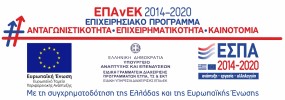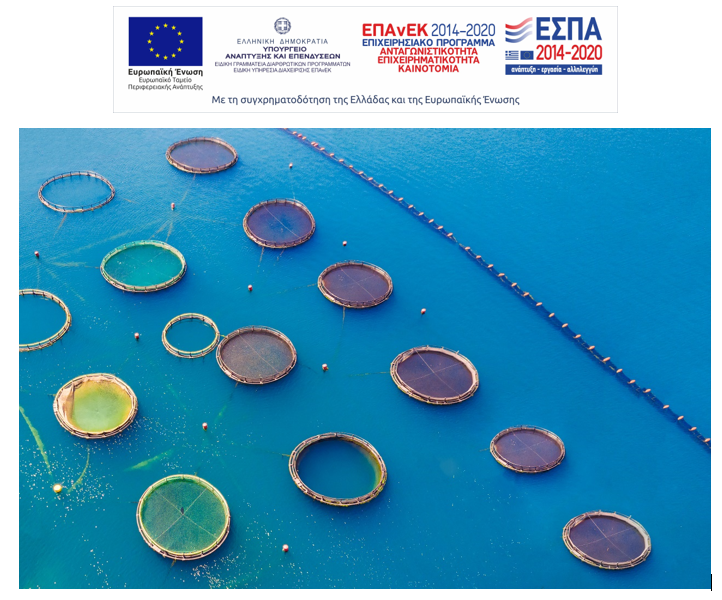GET participates in the implementation of a new research project under the framework “RESEARCH – CREATE – INNOVATE” of the Operational Programme “Competitiveness Entrepreneurship Innovation” (EPAnEK 2014-2020), Partnership Agreement 2014-2020. The new project, which has recently received funding approval from the European Union and the European Regional Development Fund, is AQUASAFE: Towards a precision aquaculture geoinformation system. The partners involved are the Department of Marine Sciences of the University of the Aegean, the Hellenic Centre for Marine Research (HCMR), PLANGTON and GET.
Aquaculture is a rapidly growing sector worldwide with Greece holding a leading position in the industry, maintaining about 60% of European production and 40% of global production. Therefore, promoting the sustainable development of the industry is a key priority for both the country and the EU, as it is one of the main pillars of the Blue Growth strategy for Greece.
Aquaculture today, in parallel with its rapid growth, needs to face significant challenges in the coming years, such as reducing cost production, automating unit management processes and increasing water areas for exploitation. All the above must be implemented in a sustainable context and in harmonious coexistence with other activities in the coastal zone (e.g. tourism). One of the proposed solutions in this direction is the relocation of units from areas near land to offshore Organized Aquaculture Development Areas (POAs). At the same time, following the trend for “precision culture”, there is a growing interest for research in the precise definition of the most low-cost and effective technical management tools and for the ability to control and monitor aquaculture units, even remotely. In addition, for the entrepreneurs of the sector, the big challenge is the domestic development of innovative tools, so that the Greek aquaculture can meet as much as possible of its requirements from technology products produced in Greece, for the benefit of the national economy.
The scope of the project is the synergistic use of Remote Sensing and in-situ data in order to create an integrated system of remote monitoring and early warning of aquaculture. The system can be used by the management body of a POA or by the manager of a large unit and will warn of phenomena that may pose a threat to the unit, directly or indirectly. Examples of such phenomena are the development of harmful toxic blooms, the outbreak of jellyfish and the transport of pathogenic microorganisms and nutrients.
The scope of the project utilizes technologies and methods that are state of the art of IT research. Through automation, the monitoring of the unit and the entire installation area (even in remote or inaccessible places) can be carried out continuously, without the need for the presence of staff, which will significantly reduce the reaction time in case of problem and will reduce travels to and from the installation, for the benefit of production costs and employee safety.
In summary, such a tool will contribute to:
- in decision support
- in the early warning for phenomena that threaten aquaculture
- in remote monitoring at multiple levels
- in risk assessment and prevention






